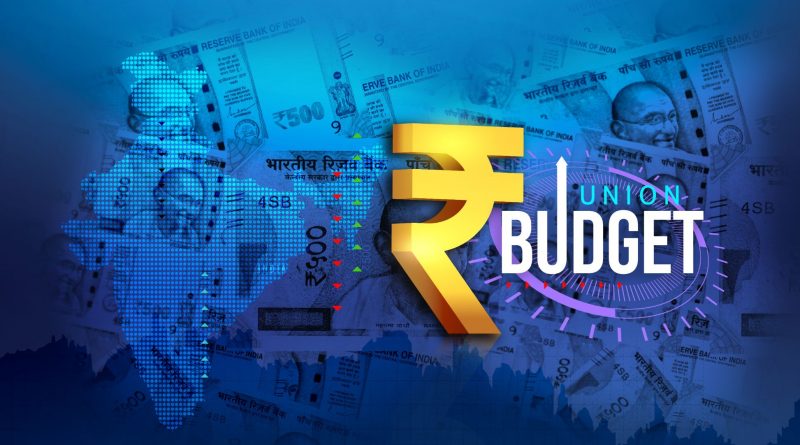Union Health Budget 23 A drop in ocean
By Abhigyan/Abhinav
In recently announced union budget the health sector has been allocated Rs. 89,155 crore in the financial year 2023-24. Unfoundedly, this allocation was an increase of approximately 13% over previous union budget which was Rs. 79,145 crore. But healthcare industry points of view, it is marginal raise in health budget not enough to keep up with inflation.
Of total Rs 89,155 crore, Rs 86,175 crore has been allocated to the Department of Health and Family Welfare, while Rs 2,980 crore has been allocated to the department of health research.
According to the Economic Survey 2022-23, the budgeted expenditure on the health sector reached 2.1 per cent of GDP in financial year 2023, and 2.2 per cent in 2022, against 1.6 per cent in 2021. In the current budget, the budgeted expenditure on the health sector stood at around 1.98 per cent of the GDP. This is when the National Health Policy, 2017 envisages raising public health expenditure to 2.5 per cent of the GDP in a time bound manner by 2025.
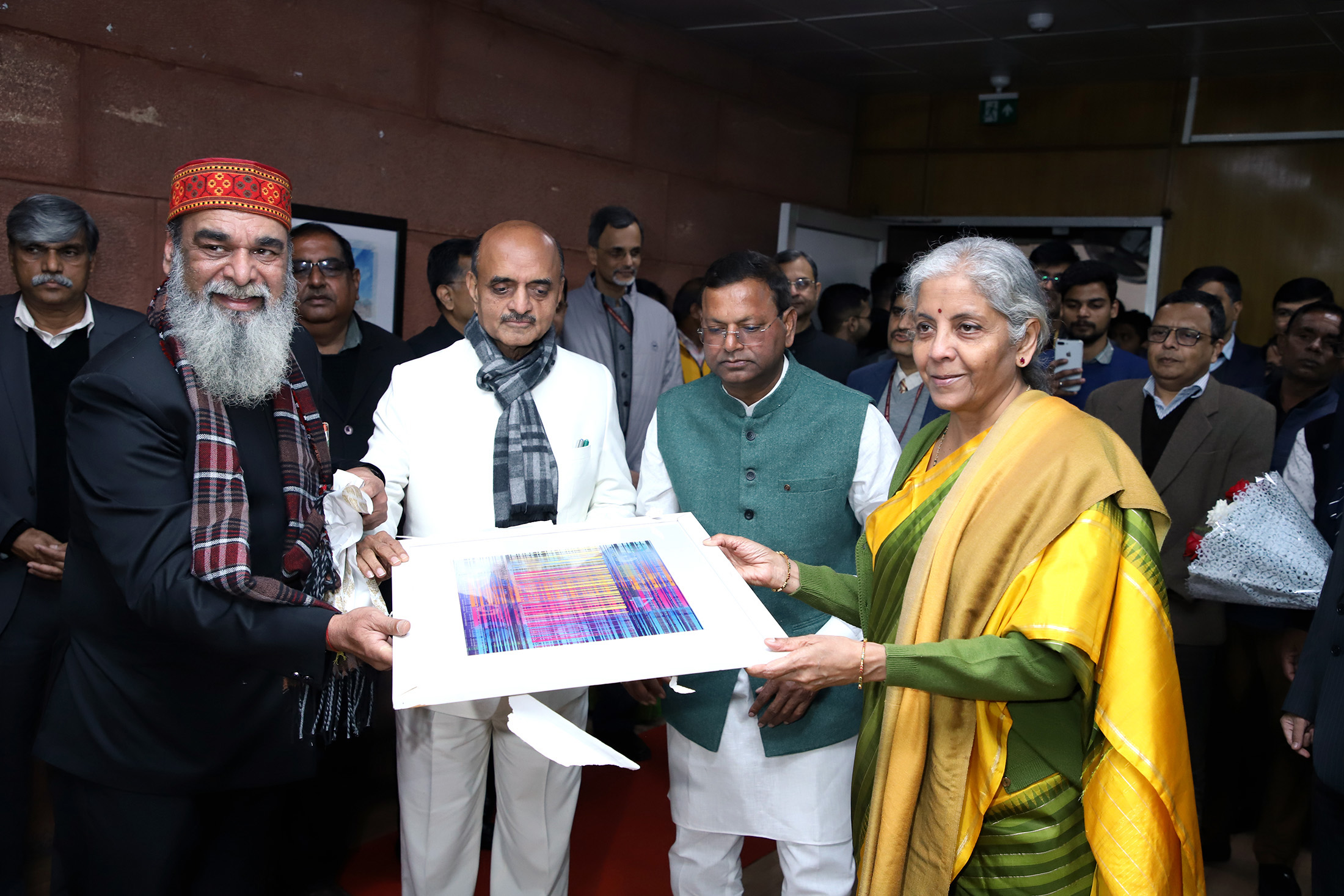 In union budget speech, the finance minister announced the government’s mission of eliminating sickle cell anaemia by 2047. Once launched, the initiative will allow for universal screening of 7 crore people between 0 and 40 years in affected tribal areas. And the increased funding towards the healthcare sector will also enable the Indian Council of Medical Research (ICMR) to advance its facilities.
In union budget speech, the finance minister announced the government’s mission of eliminating sickle cell anaemia by 2047. Once launched, the initiative will allow for universal screening of 7 crore people between 0 and 40 years in affected tribal areas. And the increased funding towards the healthcare sector will also enable the Indian Council of Medical Research (ICMR) to advance its facilities.
This advancement will enable public and private medical college faculty members to undertake research within the facilities and also offer access to the private sector research and development teams. The access by these diverse teams will encourage more collaborative research and innovation in healthcare. This indicates the budget’s futuristic focus on medical research, collaborative research and research and development, which are core to enhanced care delivery.
The United States spent by far the most on healthcare, equivalent to 16.9% of its GDP – well above Switzerland, the next highest spending country, at 12.2 percent. In 2021, the United States had the highest per capita health expenditure among OECD (Organization for Economic Co-operation and Development) countries. The OCED is an international organization of 38 countries committed to democracy and the market economy.
At that time, per capita health expenditure in the U.S. amounted to 12,318 U.S. dollars, significantly higher than in Germany, the country with the second highest per capita health expenditure.
The United States is the highest spending country worldwide when it comes to health care. In 2020, total health expenditure in the U.S. exceeded four trillion dollars. Expenditure as a percentage of GDP is projected to increase to around 20 percent by the year 2028.
If we talk about India’s health budget then it is noted that the India home healthcare market size was valued at USD 8.8 billion in 2022 and is expected to expand at a compound annual growth rate (CAGR) of 19.29% from 2023 to 2030. The increasing need for better quality postoperative and primary care, advancement in technologies, rising disposable income, the shift of trend from communicable to lifestyle diseases, and the increasing availability of improved home care services with the technology-enabled platform are expected to drive the market growth. The growing geriatric population & dependency ratio in India is expected to drive the demand for home healthcare. According to the Economic and Social Commission for Asia and the Pacific, the aging population of India is expected to reach 298 million by 2051, accounting for 17% of the national population. With the introduction of advanced home healthcare services in the country, high-quality healthcare can now be delivered in the comfort of one’s own home.
 Dr A K Agrawal, Professor of Excellence, Medical Advisor Clinical Innovation, Apollo Hospital, and Former Dean, Maulana Azad Medical College, New Delhi, said, “The Indian healthcare sector has continued to grow at a significant rate through effective budgetary allocations and promoting collaborations. The 2023-24 budgets highlight the government’s focus on two core drivers of improved healthcare: increasing the number of trained medical professionals and investing in research and development. There is also a notable increase in allocations, indicating the commitment towards a more efficient healthcare system.”
Dr A K Agrawal, Professor of Excellence, Medical Advisor Clinical Innovation, Apollo Hospital, and Former Dean, Maulana Azad Medical College, New Delhi, said, “The Indian healthcare sector has continued to grow at a significant rate through effective budgetary allocations and promoting collaborations. The 2023-24 budgets highlight the government’s focus on two core drivers of improved healthcare: increasing the number of trained medical professionals and investing in research and development. There is also a notable increase in allocations, indicating the commitment towards a more efficient healthcare system.”
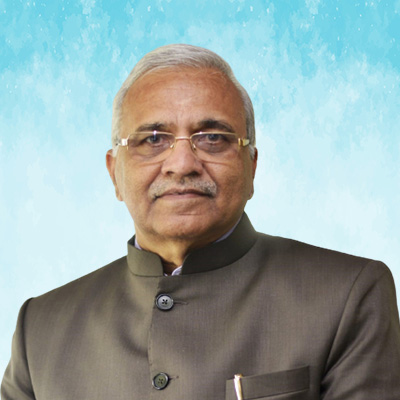 Dr Girdhar Gyani, Director General, Association of Healthcare Providers India, says that the increased funding which announced in Union budget 23-24, towards the healthcare sector will enable the Indian Council of Medical Research (ICMR) to advance its facilities. This advancement will enable public and private medical college faculty members to undertake research within the facilities and also offer access to the private sector research and development teams. But in terms of higher financing and other expectations like setting up a regulator, long term affordable credit facilities, and top sops, we observe that union health budget 2023-24 has more ‘misses’ than ‘hits’ for the health sector.
Dr Girdhar Gyani, Director General, Association of Healthcare Providers India, says that the increased funding which announced in Union budget 23-24, towards the healthcare sector will enable the Indian Council of Medical Research (ICMR) to advance its facilities. This advancement will enable public and private medical college faculty members to undertake research within the facilities and also offer access to the private sector research and development teams. But in terms of higher financing and other expectations like setting up a regulator, long term affordable credit facilities, and top sops, we observe that union health budget 2023-24 has more ‘misses’ than ‘hits’ for the health sector.
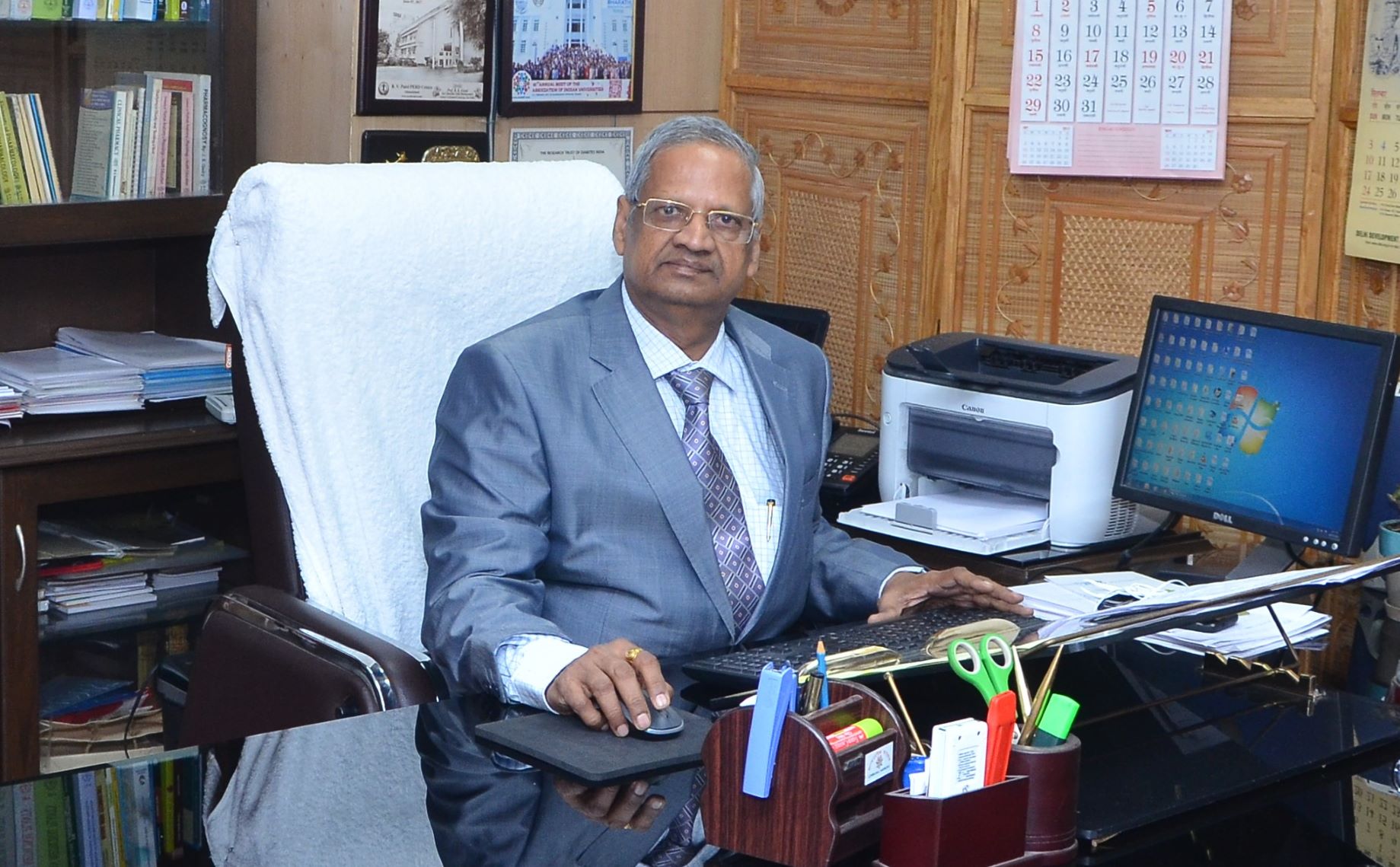 Dr R K Goyal, Vice, Chancellor, Delhi Pharmaceutical Sciences aand Research University, New Delhi, said, “Focus on pharma innovation in union health budget is indicating the government’s acknowledgement of the current technological advancements in healthcare. The finance minister reported that the government would roll out a new program to promote pharmaceutical research and innovation. Further, the government will encourage industry players to invest in research and development in the established priority areas including innovative technologies in healthcare. This is welcome step of union health budget.”
Dr R K Goyal, Vice, Chancellor, Delhi Pharmaceutical Sciences aand Research University, New Delhi, said, “Focus on pharma innovation in union health budget is indicating the government’s acknowledgement of the current technological advancements in healthcare. The finance minister reported that the government would roll out a new program to promote pharmaceutical research and innovation. Further, the government will encourage industry players to invest in research and development in the established priority areas including innovative technologies in healthcare. This is welcome step of union health budget.”
 Dr Vinay Aggarwal, Past National President, Indian Medical Association, says that undoubtedly, our healthcare sector has continued to grow at a significant rate through effective budgetary allocations and promoting collaborations. The union health budget 2023-24 highlights the government’s focus on two core drivers of improved healthcare like increasing the number of trained medical professionals and investing in research and development. The provisions for a higher budgetary allocation are also positive but in real terms, the healthcare sector needs more to achieve the target of 2.5 percent of GDP.
Dr Vinay Aggarwal, Past National President, Indian Medical Association, says that undoubtedly, our healthcare sector has continued to grow at a significant rate through effective budgetary allocations and promoting collaborations. The union health budget 2023-24 highlights the government’s focus on two core drivers of improved healthcare like increasing the number of trained medical professionals and investing in research and development. The provisions for a higher budgetary allocation are also positive but in real terms, the healthcare sector needs more to achieve the target of 2.5 percent of GDP.
 Padamshree Dr Chandrakant S Pandav, Former, Head of Department, Centre for Community Medicine, AIIMS, New Delhi, says that we were also expecting some incentives for green hospital projects, Public Private Partnership, provisions for long-term credit facilities, a dedicated regulator for the hospital sector and rationalization of import duty on medical equipment. Every sector awaits the Union Budget with a lot of expectations. However, considering this was the first Union Budget after the COVID-19 had become endemic in the country, the expectations of the health sector were higher.
Padamshree Dr Chandrakant S Pandav, Former, Head of Department, Centre for Community Medicine, AIIMS, New Delhi, says that we were also expecting some incentives for green hospital projects, Public Private Partnership, provisions for long-term credit facilities, a dedicated regulator for the hospital sector and rationalization of import duty on medical equipment. Every sector awaits the Union Budget with a lot of expectations. However, considering this was the first Union Budget after the COVID-19 had become endemic in the country, the expectations of the health sector were higher.
In terms of budgetary allocations, Ministry of AYUSH has got Rs 3647 crore. Major schemes like National Health Mission (NHM) has not got more Rs 25 crore hike. The NHM was allocated Rs 28974 crore for FY 22-23 which has been increased to Rs 29085 crore for FY 23-24. Ayushman Bharat PMJAY has got a hike of nearly Rs 800 crore. Allocation has been increased from Rs 6412 crore to Rs 7200 crore for the next fiscal.
It is encouraging to note that the government has accorded priority to National Digital Health Mission and increase its allocation from Rs 140 crore to Rs 340 crore for FY 23-24. But there is drastic cut in PM Swathya Suraksha Yojna. This would have cascading effects on public health insurance programmes.
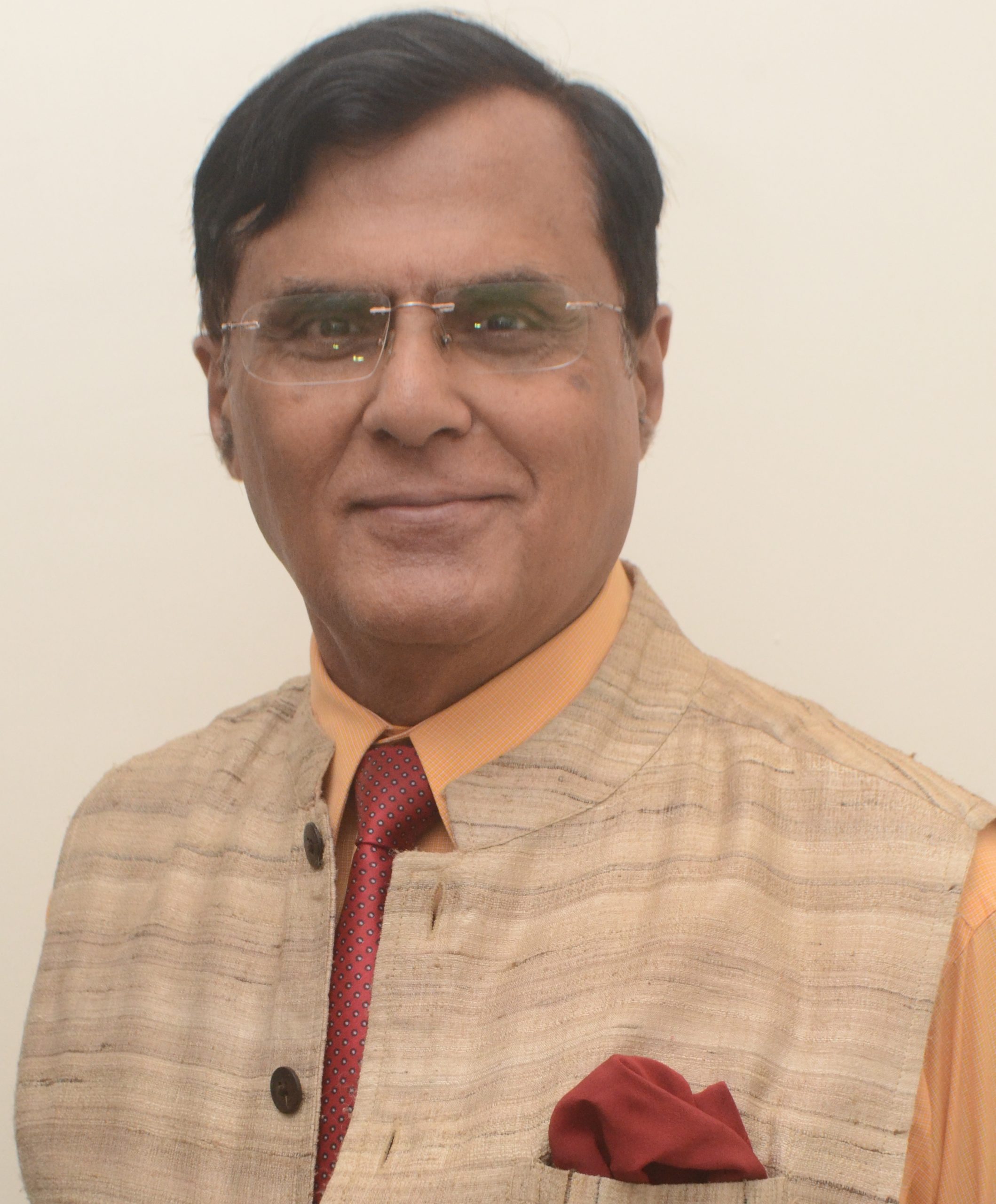
According to Dr. R K Tuli, Founder and CMD, “SOHAM”, A top centre for Holistic Medicine, New Delhi, though the allocations for the department rose marginally, it does not amount to much once adjusted for inflation. The revised estimates for last year’s budget were lower than the budgeted estimate. The United States is the highest spending country worldwide when it comes to health care, but why not in India. So I would say that this budget is a drop in the ocean of operating healthcare infrastructure.”
Conclusion
In union health budget the finance minister announced the launch of a special mission to “eliminate” sickle cell anaemia by 2047. It will entail awareness creation, universal screening of 7 crore people in the age group of 0-40 years in affected tribal areas, and counselling through collaborative efforts of central ministries and state governments. According to the tribal affairs ministry, this genetic condition is widespread among members of tribes. One in 86 births among Scheduled Tribes suffered from it, the data revealed.
“There is no specific head in the budget documents to say how much would be spent this year on tackling sickle cell anaemia. The health ministry, though, has clarified that it will be a part of the National Health Mission – an umbrella scheme of managing various programmes in which the Centre contributes 60% and the rest is borne by state governments. No more details are available on this Mission.” Dr R K Tuli, added.
It may be noted here that this is yet another elimination target that India has set for itself after missing deadlines for similar targets for other diseases. Kala Azar (elimination deadline 2020), and filariasis (2017) are two such examples. Now, their deadlines stand revised for 2023 and 2030, respectively. India also envisages eliminating tuberculosis by 2025 – a target that experts say may not be achieved.
This is a welcome move in which finance minister also announced plans to open 157 new nursing colleges. as it will not only make India self-sufficient in nurses but also help generate human capital for other countries, especially, which have an ageing population,. Though, colleges will fill up the vacancies in rural areas. The latest Rural Health Statistics of India revealed that the creation of more medical colleges has failed to solve the problem of inadequacy of doctors in rural areas.
The Association of Indian Medical Device Industry believes that the government did nothing to bring down the dependence on imports of this equipment. Though PM Narendra Modi urges India to become Atmanirbhar in medical devices, the medical devices imports continued to grow at an alarming level by 41% in last financial year.
Imports of Medical Devices from China went up by nearly 50% last year on account of low duties and convenience to import. These are the same domestic manufacturers, when imports got disrupted during the COVID-19 crisis; the government relied heavily on them to meet the rising demand for essential COVID items. The department of health research, which functions under the Union health ministry, saw a cut from Rs 3,200 crore in last year’s budget to Rs 2,980 crore for the next fiscal.

